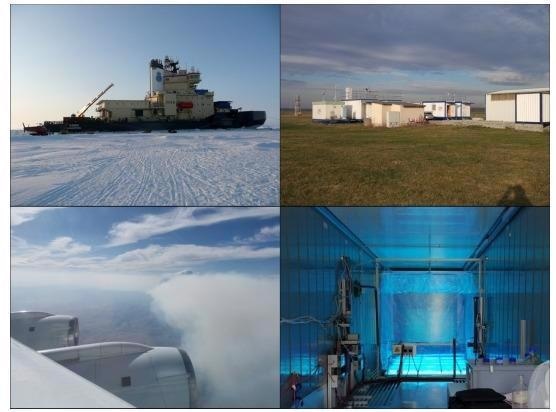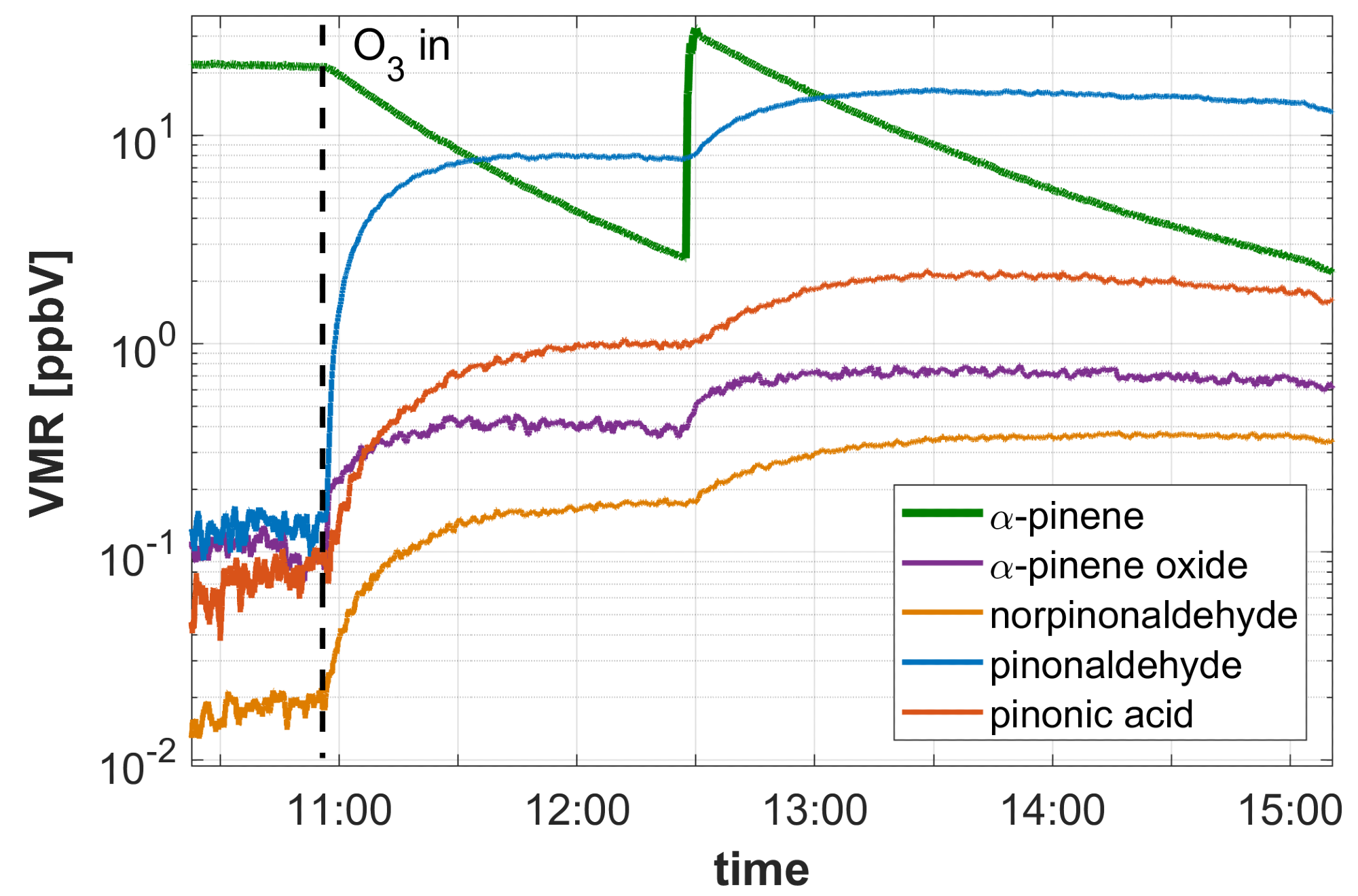PTR-MS is the benchmark technique for rapid, quantitative and ultra-sensitive analysis of nearly the whole range of atmospheric organics. This method is used in an extensive range of applications in environmental studies.

Image Credit: IONICON Analytik
Introduction
- Rugged and consistent technology for sampling volatile organic compounds in the atmosphere at ultra-low trace levels (lower than or equal to single-digit pptV).
- PTR-TOFMS enables both targeted (for example, aromatic species monitoring) and untargeted analyses (for example, oxidation products analysis) of users’ samples on a molecular composition level.
- H3O+ primary reagent ions quantitatively ionize nearly the whole range of atmospheric non-methane organics.
- Even the stickiest compounds (for example, highly oxidized compounds or PAHs) can be examined with IONICON’s EVR option.
- Users can expand the capability of their PTR-TOFMS from the gas phase to the particle phase using the genuine CHARON particle inlet from IONICON.
- Supplementary acquisition modes improve the selectivity of users’ measurements, which involve the isolation of isomers by the FastGC method, or the use of alternative reagent ions, such as NH4+ and NO+.

Image Credit: IONICON Analytik
Applications
Emission Studies
Emission analyses potentially reflect one of the widest ranges of applications for PTR-MS. A common feature in these analyses is that they usually need a high dynamic range to detect VOCs from sub-pptV concentrations of up to ppmV levels. This range is easily covered by PTR-MS. Standard emission studies are as follows:

Image Credit: IONICON Analytik
Reaction Kinetics Studies
PTR-MS is the perfect analytical equipment to comprehend the reaction kinetics that takes place in the air. Through the H3O+ mode, the rise of primary products and the photochemical decay of parent molecules can be quantitatively tracked.
The NH4+ mode is even softer and perfect for characterizing more oxidized products, such as peroxides and esters. Reaction kinetics analyses include the following:
Measurements on Mobile Platforms
PTR-MS is a highly rugged technology that could be deployed in or on mobile platforms. Users can take a look at the specialized mobile VOC monitor PTR-TOF QB or contact IONICON for tailored mobile solutions. Potential platforms are as follows:

This information has been sourced, reviewed and adapted from materials provided by IONICON Analytik.
For more information on this source, please visit IONICON Analytik.